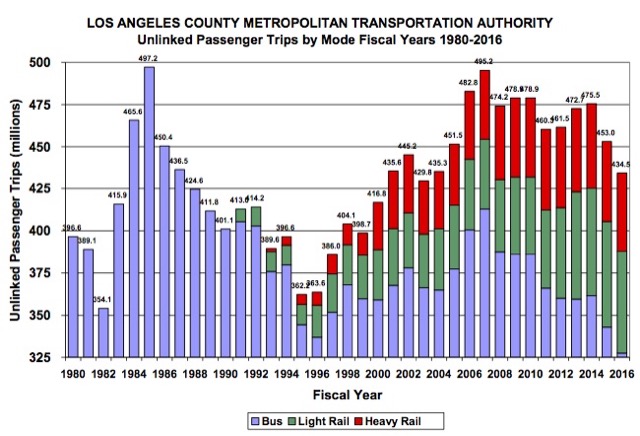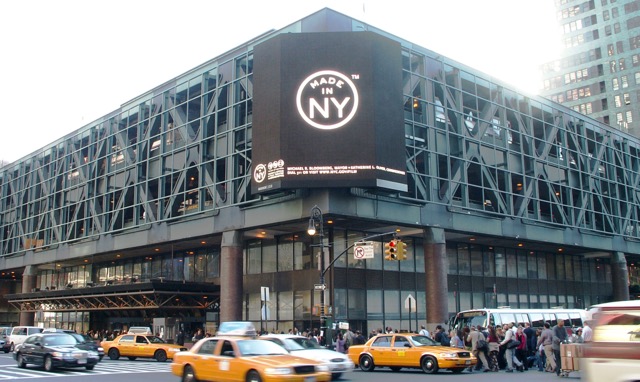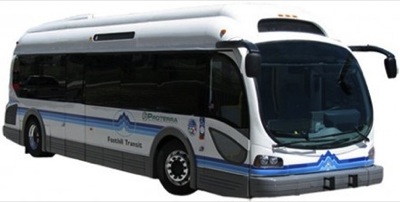Last week, the Antiplanner highlighted an LA Times story showing that Los Angeles transit ridership was dropping despite billions being spent on transit improvements. A blogger named Ethan Elkind wrote a response arguing that a graph in the Times story was unfair because it showed that Los Angeles transit ridership peaked in 1985.

That high point was reached, says Elkind, because L.A. County had kept bus fares at 50 cents for three years in the early 1980s. After the region started building rail, it raised fares and ridership declined. “So choosing 1985 as your baseline is like climate change deniers choosing an unusually warm year in the 1990s to show that global warming hasn’t really been happening since then,” says Elkind. (A better analogy would be transit advocates’ habit of using 1995–a low transit year nationwide–as a starting point to show increasing transit ridership.)









